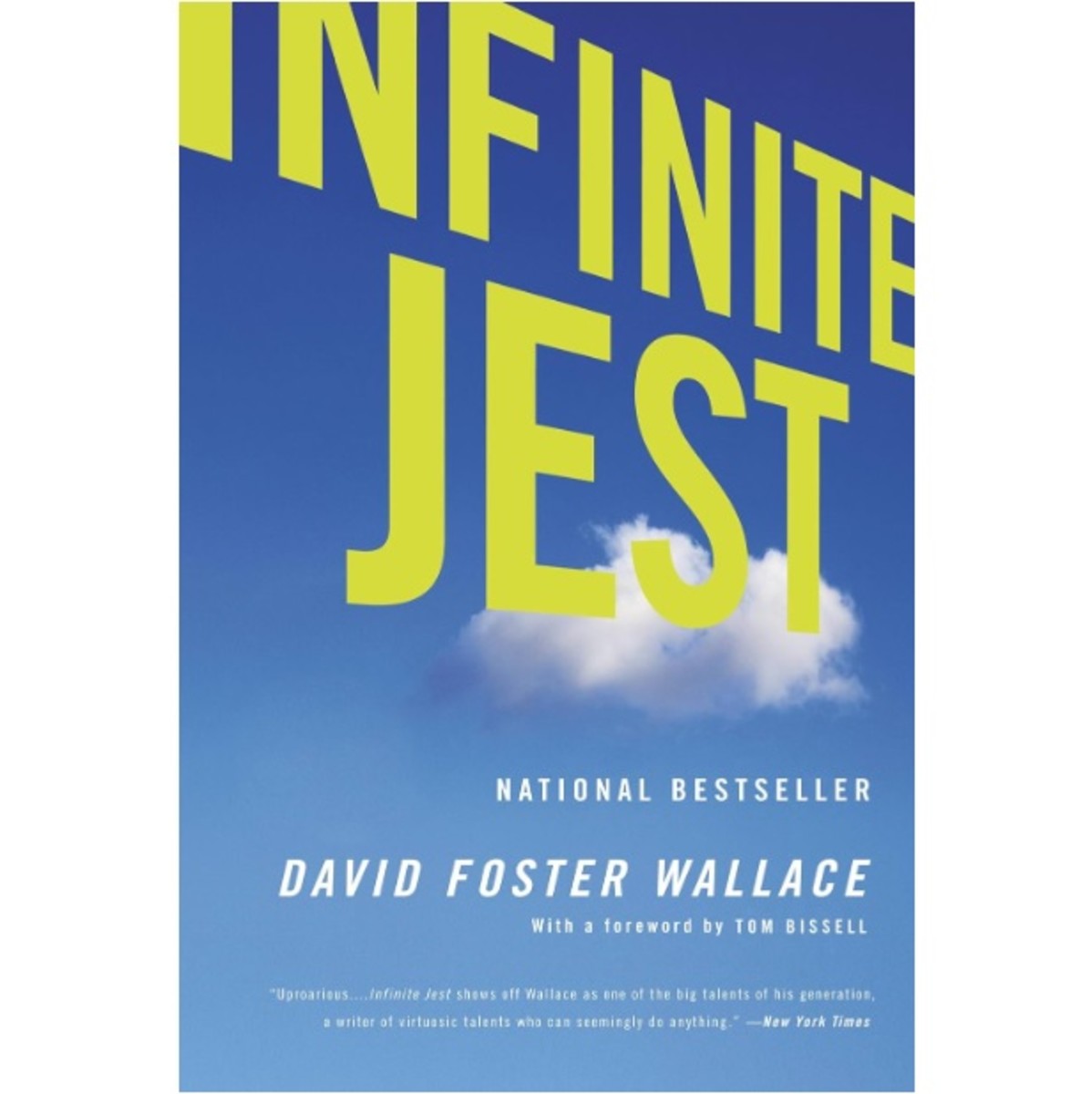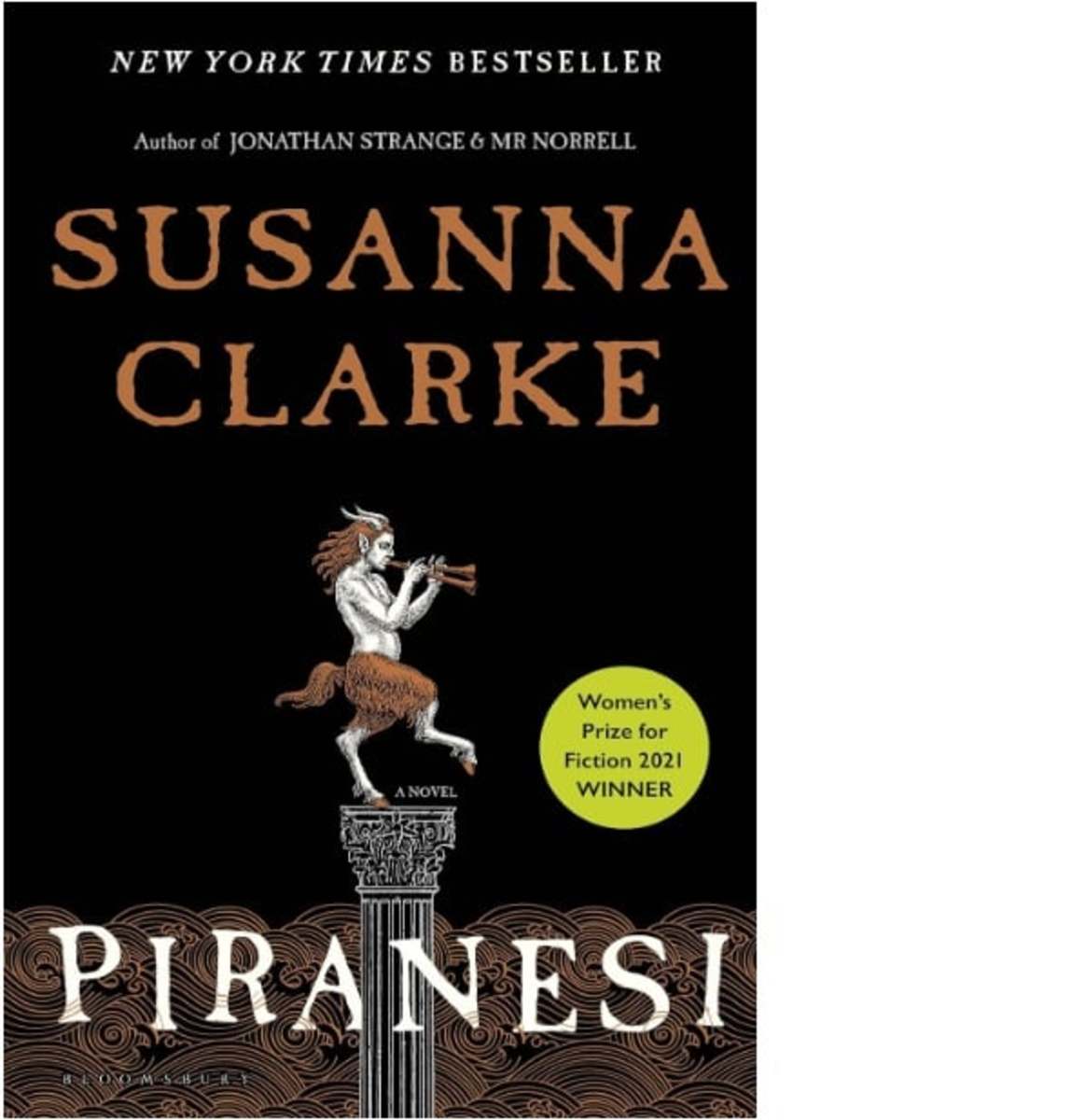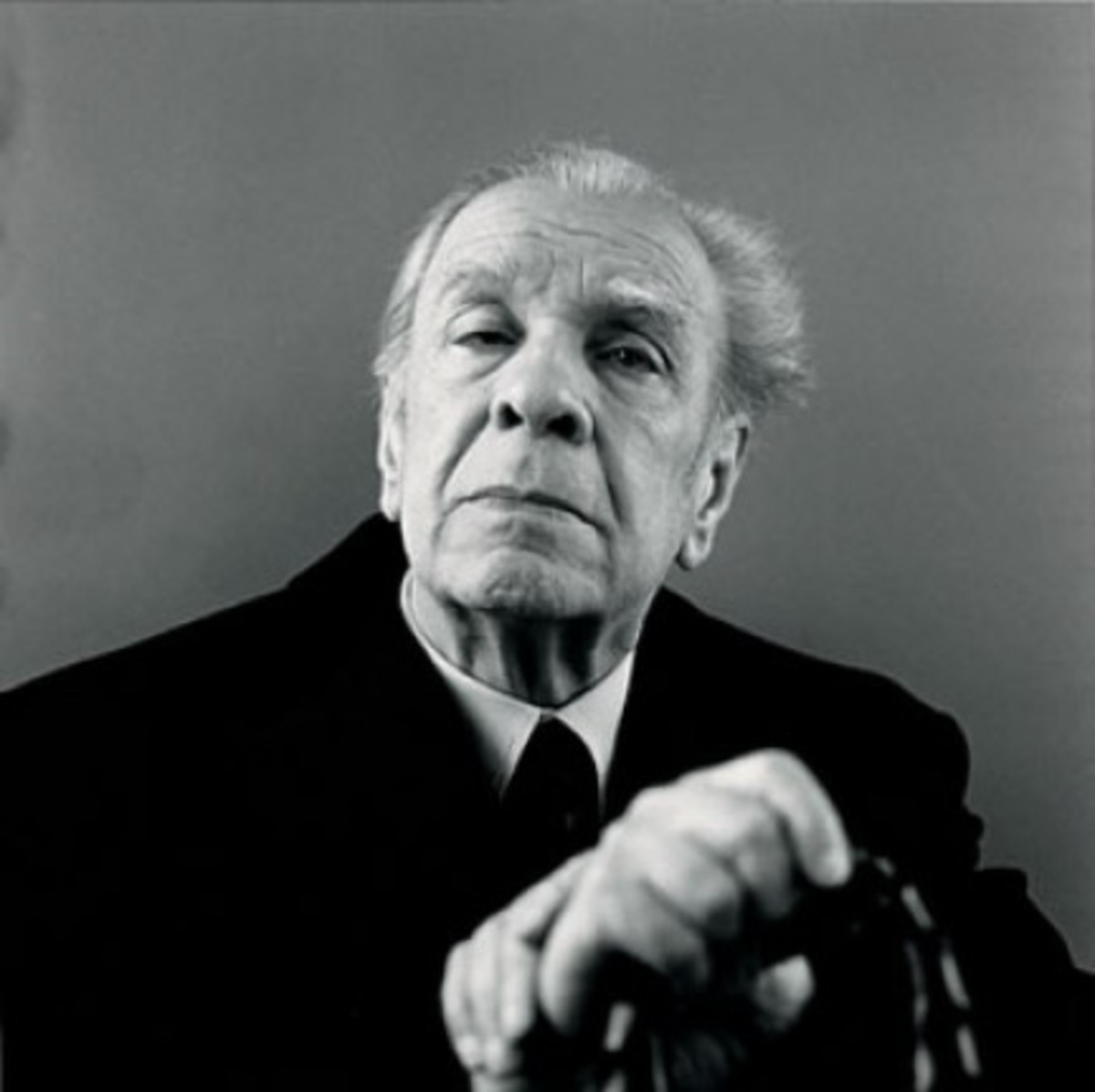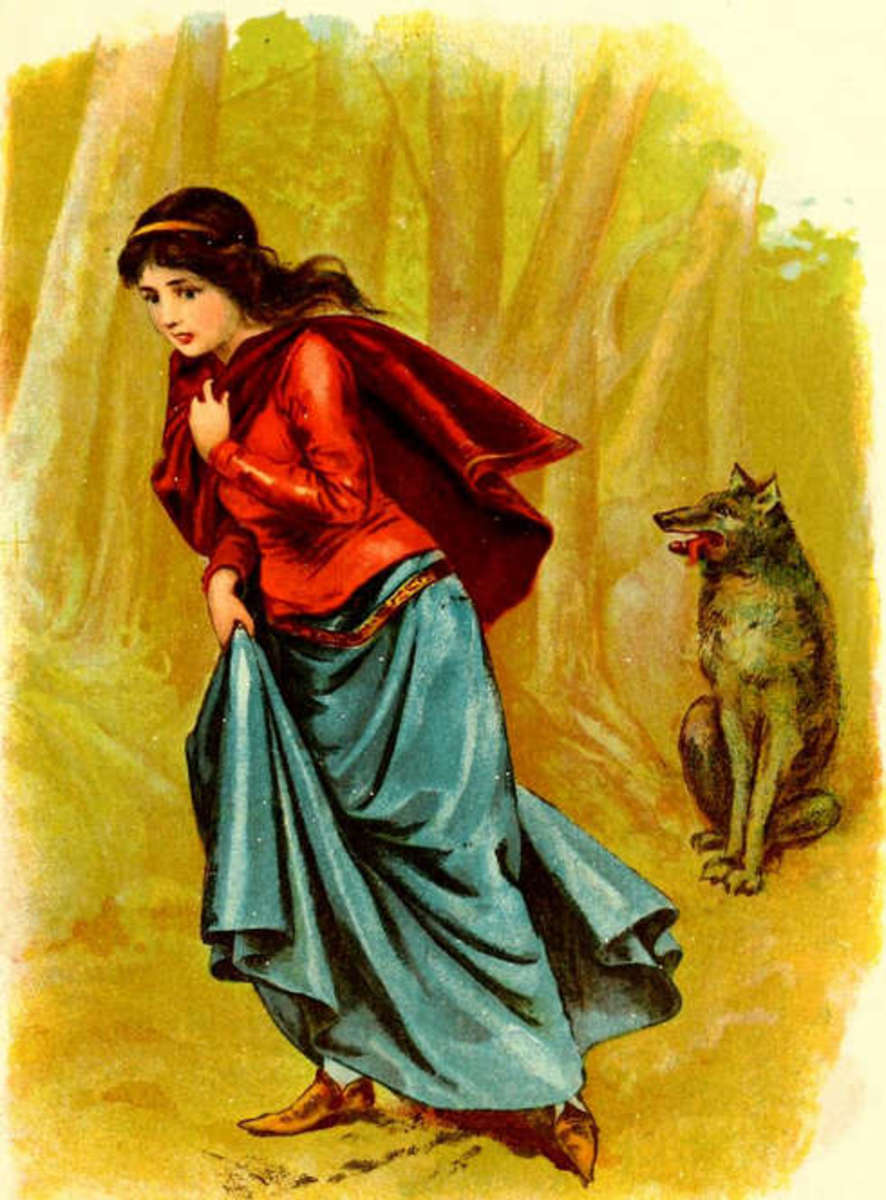Audiobook Classics: The Wapshot Chronicle by John Cheever
An Overdose of Genius
From the beginning of The Wapshot Chronicle, I got the feeling that Cheever wrote this novel for the New York Times Book Review and other literary critics that might have comfortably pigeonholed him as a short story writer. One “Goodreads” member offers “I see a short story writer trying to jump a weight class, using books like Winesburg, Ohio as his template.” While I think it’s unfair and inaccurate to characterize the difference between short stories and novels as one being heavier than the other (personally I think the short story is the more challenging genre), it is notable, in Cheever’s case, that the literary world had their collective eye on his debut novel. This may partially explain why Cheever seems to put literary invention – Leander’s diary, for example, and the lists of metaphors, similes etc. etc. – ahead of simple cause and effect narrative, at least for a time. And then…
I was getting ready to fill The Wapshot Chronicle full of holes with all of the broken arrows in my academic quiver. And then, as I was waiting at a stoplight and had just listened to the wreck of the Topaze I turned to my wife and said “am I imagining things, or did this story just put it in gear?”
For most of the first two thirds of the novel the narrative meanders from one character’s chronicle to another, pausing to rest upon bucolic moments ornamented with copious description. In these slow moving, peaceful chapters, punctuated with Leander’s diary, it’s difficult, as we say in music parlance, to find a groove. It is easy to see, particularly with Leander’s unusually written diary, how a critic might exclaim “how clever!” while an ordinary reader might exclaim “what a pain!” and “get on with the story!” It may be safe to assume that, since The Wapshot Chronicle was a much anticipated debut in literary circles that Cheever might have started out with his eye on the critics, just as they had their eye on him. If such was the case he accomplished his objective by winning The National Book Award. But before it dropped into overdrive I had the sense that the novel was more of a portrait of style than a living, breathing story.
Joe Barrett

The Many Voices of Joe Barrett
Joe Barrett has played many stage roles, old and young, both on and off-Broadway and in regional theaters from Los Angeles, Houston, and St. Louis to Washington, D.C., San Francisco, and Portland, Maine. He has also appeared in films and on television, and in hundreds of television and radio commercials.
Barrett has an amazing range. I've heard him narrate several audiobooks and each character is unique and convincing. It's no wonder Joe is a two-time Audie Award finalist and has won six Earphones Awards from AudioFile Magazine.
Audiobook Cover
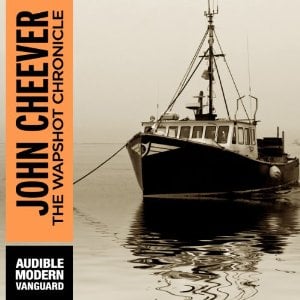
Lulled into a State of Complacency, Then...
Even from the first few pages of the novel I got the feeling that Cheever was trying too hard to win a “how-many-ways-to-screw-in-a-lightbulb” contest, for everything in the narrator’s vision, and particularly the narrator’s olfactory awareness, is described one hundred and one different fashions. Each scene is packed so full of detailed description that it becomes a gorgeous, colorful painting – a still life in three dimensions. On the other hand such lavish renderings, for the less attentive or patient reader, may unfortunately bury what is already a very thin plot – weigh it down to the point where the narrative is moving at such an imperceptible pace that it is lost altogether. Some readers may feel that Cheever is more interested in flexing his remarkable attention to detail and vivid imagination than he is in telling an engaging story. Isn’t it ironic, that a writer that has mastered the craft of the short story, which requires such focus, resorts to filling up the page with what at times seems like an effort to exhaust every imaginable metaphor.
So for the first two thirds I suspected that perhaps The Wapshot Chronicle was intended to be a New York literary circle conversation piece instead of a book everyone on the beach is reading. But Cheever rewards those that been able to sit patiently in the driveway with the engine idling by taking us on a thrilling ride in the final third of the novel. By the time Leander is pleading with the maid “I only want to be esteemed” I am so overwrought from the excitement that I’m about ready to break down and cry. How exactly does Cheever accomplish this rather sudden gearshift?
Video trailer for the Audiobook
Putting the Narrative in Gear
First, it’s when Cheever finally puts the Wapshot fellows into dicey situations that I really started caring about what was going to happen next: Coverly is exiled to a desert island, Moses is plucked from the jaws of misfortune by a tense and life-threatening riding accident, and Leander…well, Leander starts taking one shot to the gut after another and we can only wonder how long he can last.
The excitement all starts with the wreck of the Topaze. While it’s unfortunate that Cheever builds his own spoilers into the narrative: “And now we get to the wreck of the Topaze…”, and while wondering how the Topaze meets doom is perhaps not as satisfying as wondering if the Topaze will meet doom in the storm, it is immensely far more satisfying to experience the action as it’s happening, or, in this case, to experience any action at all. As such, these situations demand a faster paced prose with varied, syncopated rhythms, simpler, more concise descriptions, dynamic sequences of brisk dialogue, and tactile imagery.
John Cheever
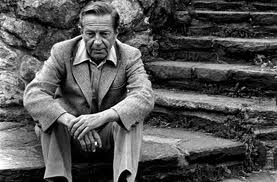
A True Literary Giant
He may have been a little guy, but his fiction is some of the most powerful I've ever read. Fueled by a tumultuous childhood and the heartbreak of The Depression, it's easy to see how Cheever poured his life experiences into his work. Even after he was considered one of the best short story writer's in the world, won the National Book Award for The Wapshot Chronicle, and was featured on the cover of Time magazine, Cheever never had an easy go of it. Dogged by genetic and chronic alcoholism and depression, his later life was characterized by high profile marital battles and trips in and out of rehab. Again he channeled the craziness of it all into his work, especially with the award-winning Falconer, which topped the NYT Bestseller List for three weeks straight. Ah! Those were the days when the general public appreciated creativity and originality, not cookie-cutter genre novels. He got sober at last, but not long after died of cancer.
Any serious student of literature will want to be intimate with Cheever's work, as the writing and storytelling is, quite simply, as good as it gets.
Two Dead Men Get Naked in a Wheelbarrow...
To be sure, there are some exciting and heartbreaking moments prior to the ship’s fateful trip across the bay, but they are not told in the same fashion. The car crash in the beginning is presented like a slide show: a bump on the road, a car smashed into a tree, the driver dead in the passenger seat, the girl somehow miraculously unscratched, assumed to be thrown from the car, whimpering in the bushes. The motion of this episode –the urgency of a speeding car losing control, careening into a field and smashing with the terrible sound of breaking glass and shearing metal –has all been left out. To avoid sensationalism? To be true to proper New England manners? As with the sex: the only way we know that it’s happened is because it is always followed with the line “and when it was over…”. It’s as if anything that might actually excite the reader has been purposefully avoided. Even one of Cheever’s heroic descriptions of the smell of the event would be preferable to simply jumping to “and when it was over…” But after the wreck of the Topaze, after Cheever puts the afterburners on, there’s a scene in the hospital where the woman that’s injured in the horseback riding accident is being treated, and the doctor starts feeling up one of the nurses – actually “rubs his hand over her buttocks” that we start to feel some real sexual excitement. “Oh I could use some of that,” says the nurse. By then I think we’re hoping the doctor bends her over a desk in fierce hospital light and makes her moan louder than the poor patient.
Such repression of action scenes that might rivet and excite the reader all seem like a very artful and clever sleight of hand intended to impart the overall repressed nature of the characters and their environment. Is this clever and artful sleight of hand too clever, such that it leaves the middle-of-the-road reader bored and frustrated? It seems as if Cheever got to a point after the first two thirds and said “I need to jazz this up a bit”.
More evidence that Cheever perhaps decided to have a little more fun with the story after all the excitement on the Topaze is the deliciously twisted scene at the Twilight Rest Home where Grimes describes seeing two naked dead men on top of each other in a wheelbarrow on their way to an ignominious burial and exclaims “they didn’t even like each other!” There’s so much more motion in the story now, some breathless and breathtaking action, almost as if Cheever stopped trying so hard to exhaust every possible metaphor and stick with the just those most apt and powerful.
One more “before and after” example, prompted by another Goodreads member’s comments: “… there is a problem with causality: there is very little of it. The opening chapter describes a run-away horse pulling a float—which is carrying some ladies, including a main character. Exciting! But in fact it’s just a cheap way to introduce us to the town—as the horse goes trotting by houses, each house’s family is introduced, even if they never again appear in the story. There are no consequences, and it doesn’t come up or affect anything else in the story. This is one example of a reoccurring problem.”
I had been having a similar reaction: a scene with the potential for great excitement becomes a sightseeing tour and a platform for Cheever to exercise his unmatched descriptive chops. I am certain that Cheever, had he wanted to, could have put things in motion here by creating real time interaction between the women on the cart and the people in their homes. Even if we had never seen those characters again (which we don’t anyway), he would have given us a reason for them to exist by letting them entertain us during this romp through town. But he chose not to and I wonder why. Would it have somehow cheapened the fine art he was creating?
Like a real chronicle, the story of the Wapshots meanders. If I were Cheever’s mentor I might have suggested that if his intention is to write, as advertised, a chronicle, then why not assign a date range to the various sections like Junot Diaz does in The Brief Wondrous Life of Oscar Wao? As a result The Wapshot Chronicle might have been less of a collection of unconnected still life paintings, (and later a halftime highlights reel of one exciting play after another) and more of a Ken Burns PBS special. I also wonder if providing a road map to the weary reader by clearly identifying each section with chapter titles and time frames would have been perceived as a commercial sell-out, pandering to “the reader’s” laziness.
In the end I doubt that Cheever thought much about his readers, be they critics, reviewers or ordinary Joes and Josephines. I imagine that like any artist that creates because they really have no choice – they must paint, write, dance, act, compose, perform etc. as they eat, breathe, sleep etc. else they will surely perish – he had a big, long story that he wanted to tell and some characters he wanted to get to know better. And he had thousands of fans that were eager to hear this big story because they were his, and almost as many critics dying to see how the short story master fared in long form. He didn’t need to think a wit about any of them at this point in his career, though he might have when he started. So I say across the Hades to Mr. Booth that I believe the degree that any artist creates for an audience depends on the situation, and that such pronouncements as “I write, let the reader read” are so much hot air at a cocktail party.
I’m grateful that I’ve had the opportunity to read Cheever from this perspective of student, writer and AARP candidate – it certainly does look different from here. I don’t think I could’ve hung on for the wreck of the Topaze as a younger reader. So The Wapshot Chronicle is one of those novels that will always be near my writing desk, for though it may as a whole feel somewhat imbalanced, it is without a doubt some of the richest, magical, inspiring prose I have ever read.

